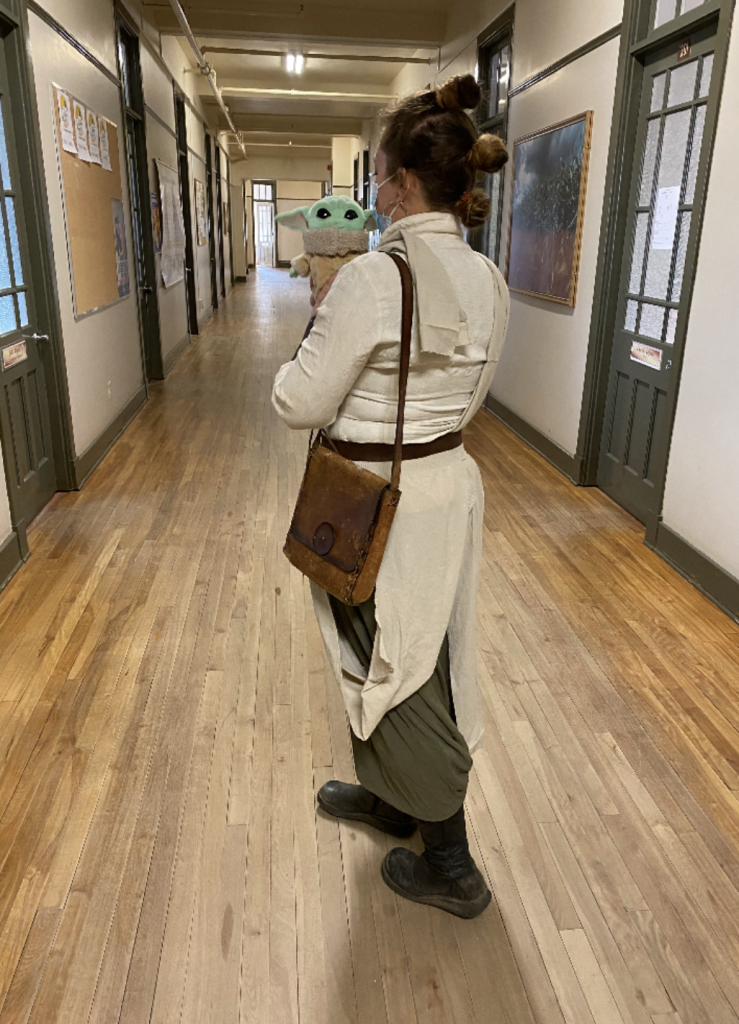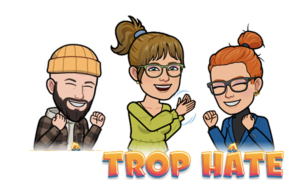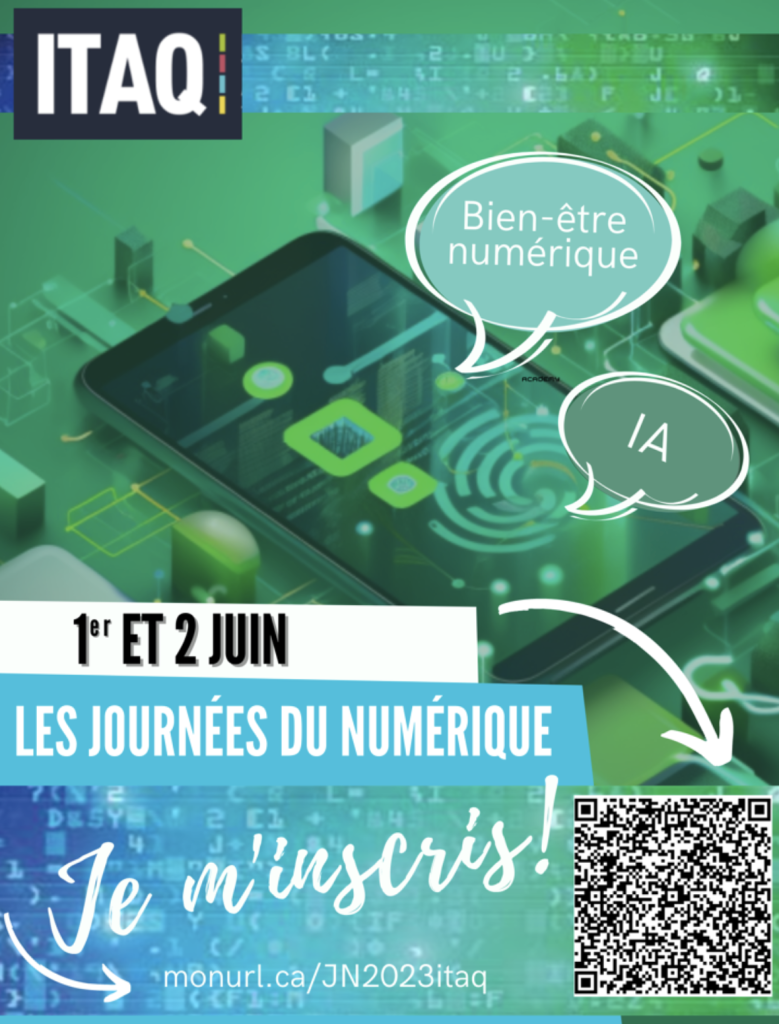Whether you want it or not, whether you are a teacher, a pedagogical counsellor, or in another position, you have a personal brand image. It’s all about what others say about you and what they remember about you. It’s your trademark; your signature.
Individual branding
I have a personal interest in the gamification of learning. In fact, I co-developed a professional development activity on this topic for the teaching staff at my college with my colleague Catherine Gauthier. This training had Star Wars as its theme. That’s why I often introduce myself as a “Jedi of Gamification”. Those who attended the training may remember me that way anyway. Others might be curious and want to know more, especially if they are interested in gamification.
In my network, especially among the REPTIC community, it has become a recurring joke to associate me with Grogu (Baby Yoda). I always have a Grogu stuffed toy close at hand, and I don’t hesitate to show it on camera when appropriate. I even have a Grogu t-shirt that I proudly wear from time to time!
“Oh yes, Marie-El, the Jedi of Gamification! I know who you’re talking about!”
Another example: my colleague Julien Martineau, a pedagogical counsellor at the ITAQ since the fall of 2022, was previously a teacher at Marianopolis College. During the pandemic, he started recording video tutorials in his basement. He officially became the “prof de sous-sol” (basement teacher), which is the name of his YouTube channel [in French]. By choosing this branding, he intended to project a “relaxed” image: professional but without pressure. This aligns with the purpose behind his videos, which is to demystify literature and poetry for young people, making it accessible and interesting. In his humorous videos, he wears an orange beanie (a colour reminiscent of vintage basements and used in his video thumbnails) and, of course… he’s in his basement!
As a teacher, your students may already refer to you in a distinctive way. You might be “Luc, the teacher who always makes Pokemon comparisons,” “Marie-Soleil, the teacher who starts every class with a poem,” “Émilie, the teacher who puts unicorns everywhere in her course notes,”or even “Guillaume, the teacher who wears shorts all year round.”
Why not leverage this image and use it to its full potential? It could strengthen the bonds with your students or help you build relationships with them more quickly.
Build on your personal brand from the beginning of the semester (even in your course plan, why not?), rather than waiting for students to discover it themselves.
The importance of being yourself
I conducted a workshop on pedagogical branding for i-mersion CP [in French], a community that brings together pedagogical counsellors from colleges and universities. During the activity, a fellow colleague from the REPTIC/IT-REP network, Youen Cariou [in French], who has his own unique and bold style, shared that when he obtained a position at the university, he bought his 1st suit and wore it every day for teaching. One day, a colleague asked him, “When will we finally get to discover the ‘real’ you?” That’s when he realized that even though he had always felt that wearing a suit was necessary to work at a university… it wasn’t true! It wasn’t him. The same applies to you with your students.
In the classroom, you benefit from being yourself. You are then more comfortable, more authentic, and this makes the classes more enjoyable for both you and your students. Some teachers wear suits because it aligns with their personal style, and that’s perfectly fine, but it’s not the right fit for everyone!
Choose communication methods consistent with who you are and your personal brand. Videos are popular these days, but if you don’t enjoy recording them and don’t like seeing yourself on video, then it might not be the right choice for you. The result could be disappointing. An audio recording might suit you better, or perhaps an animated video without narration created using Powtoon?
Similarly, choose teaching methods that reflect your personality. Generally, students love quizzes created with Kahoot! But if you feel uncomfortable even leading such a quiz, don’t do it! Students will sense that you’re doing something you dislike, and the activity may not work as effectively.











